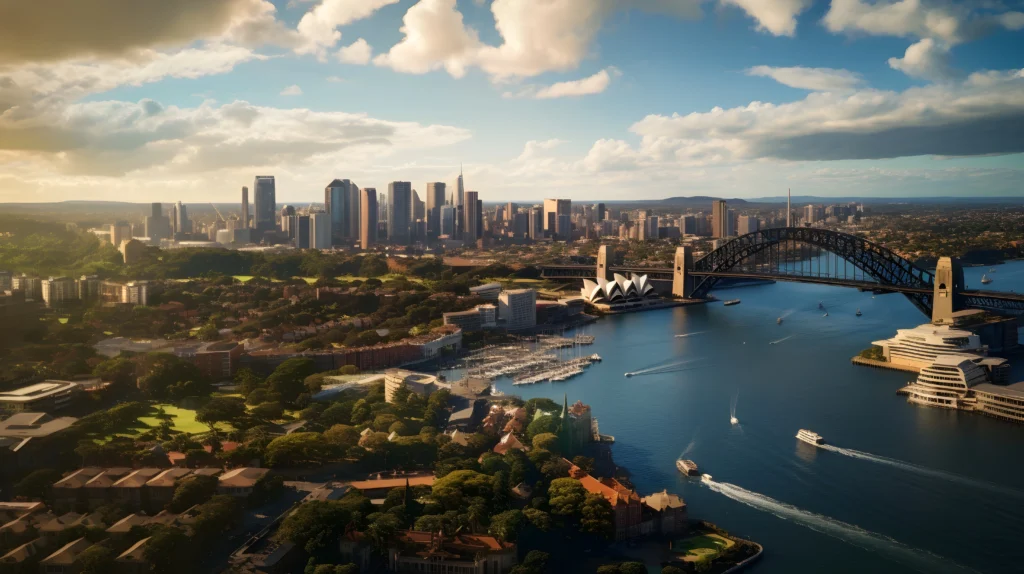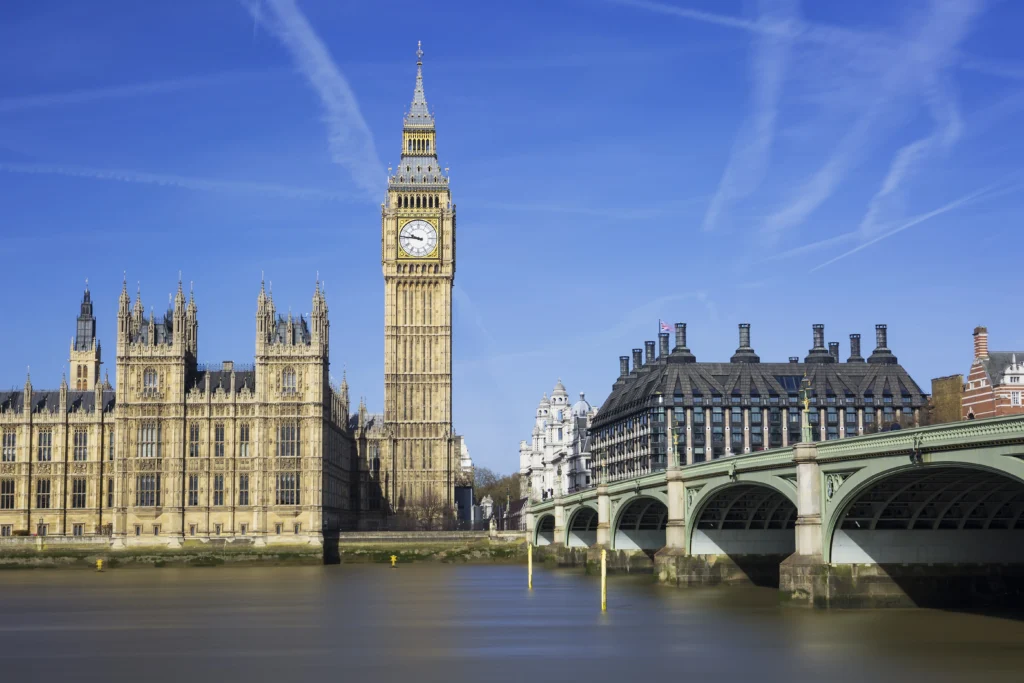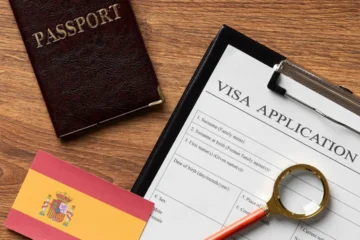For many skilled professionals, a work visa isn’t just a job ticket—it’s a launchpad to full citizenship. Whether you’re chasing better wages, long-term security, or that elusive second passport, countries across the globe are offering structured pathways from work permits to permanent settlement. But not all roads are equal. Some are fast, some are winding, and others might feel like a maze with a dead end.
Let’s check how six popular countries can turn a simple job offer into full-fledged citizenship—and how long it takes to get there.
Key Takeaways
Why Work Visas Are the First Step Toward Citizenship
Governments worldwide have figured it out: talent is global, and if you want to keep it, you need to offer more than just a salary. That’s where work-to-citizenship pathways come in.
Work visas are not just temporary arrangements—they’re structured stepping stones. Many immigration systems now follow a three-stage process: Work visa → Permanent Residency (PR) → Citizenship. But here’s the catch: timelines, eligibility criteria, and methods vary wildly from one country to another.
Still, there’s one thing in common. If you’re highly skilled, have a job offer, and can settle in successfully, the door to citizenship is wide open. All you need is a bit of patience and the right paperwork.
Canada: From Express Entry to Passport in a Few Years

Canada has one of the world’s most straightforward paths from skilled migration to citizenship. The Express Entry system is the star of the show. Through programs like the Federal Skilled Worker Program, professionals can jump from a job offer to permanent residence in as little as one year.
Once you get PR, the real countdown begins. After living in Canada for 1,095 days (3 years) within a 5-year window, you’re eligible to apply for citizenship, provided you meet other requirements like passing the citizenship test and proving language skills.
That means, in many cases, you can go from a work permit to a Canadian passport in just three to four years. It’s one of the fastest, clearest routes globally—and a big reason why Canada continues to attract top-tier talent.
Australia and New Zealand: Points-Based Systems That Favor Skilled Workers
Both Australia and New Zealand love their points—and if you’re a skilled professional, that’s good news. These countries use points-based systems to assess eligibility for work visas and later, PR.

In Australia, most foreign workers start with the Temporary Skill Shortage (TSS) visa, then progress to PR through the General Skilled Migration program. After one year of PR, you’re eligible for citizenship, so if you move fast, you could hold an Aussie passport in about 4 years.
New Zealand operates similarly but with slightly longer timelines. You’ll typically need 2–3 years of skilled work experience before becoming eligible for PR. From there, you must reside in New Zealand for a total of five years to qualify for citizenship. The result? A solid but slightly slower path than its neighbor.
Also Read: Are You Eligible for Canadian Citizenship Under the New Bill C-3?
Germany: Is the EU Blue Card Your Gateway to Citizenship?
Germany is betting big on talent, and the EU Blue Card is its main recruitment tool. Designed for highly skilled professionals, it allows you to live and work in German, and it comes with a fast track to PR.

Here’s the breakdown: with a Blue Card, you can apply for permanent residency in as little as 21 months—but only if you meet language requirements (B1 level). Without that, you’ll wait around 33 months. After PR, the standard wait for naturalization is eight years, but that too can be shortened to three to five years with strong integration, language proficiency, and community ties.
In the best-case scenario, you could become a German citizen in just three years. In the worst case, it might take up to eight—still reasonable, considering the benefits of EU citizenship.
UK: Skilled Worker Route to Indefinite Leave and Beyond
The UK’s Skilled Worker visa replaced the old Tier 2 system, but the basic structure remains: get sponsored, stay long enough, and move up the ladder.
After five years on a Skilled Worker visa, you can apply for Indefinite Leave to Remain (ILR), the UK’s version of PR. Once granted, you must live one more year in the UK before becoming eligible for citizenship, assuming you meet language and residency requirements.

So, in total, you’re looking at a six-year journey from arrival to passport. It’s a bit longer than Canada or Australia, but the pathway is well-documented and achievable for professionals in fields ranging from healthcare to IT.
United States: The Long Journey from H-1B to Naturalization
If there’s one country where “long and winding road” applies, it’s the United States. The typical journey starts with an H-1B visa, often granted for three years and extendable to six. After that, your employer must sponsor you for a Green Card—a process that can take anywhere from five to ten years, depending on your country of origin and employment category.

Once you’re a Green Card holder, you need to wait at least five more years before applying for citizenship. That puts the total timeline at 10+ years for most applicants, longer for those from countries with high demand like India or China.
While the U.S. pathway is the slowest among the six countries listed, it remains a coveted destination due to job opportunities, global prestige, and the rights granted by U.S. citizenship.
Which Country Offers the Easiest or Fastest Route?
| Country | Work → PR | PR → Citizenship | Total Time |
| Canada | ~1 year (Express Entry) | 3 years | ~3–4 years |
| Australia | ~3 years (Skilled Visa) | 1 year | ~4 years |
| New Zealand | ~2–3 years | Up to 5 years total | ~5 years |
| Germany | 21–33 months | 3–5 years (integration) | ~3–8 years |
| UK | 5 years | 1 year | ~6 years |
| USA | 5–10 years (H-1B/Green) | 5 years | ~10+ years |
If speed is your priority, Canada is the frontrunner. Its Express Entry system is fast, points-based, and encourages permanent settlement. Australia and Germany follow closely, especially for those who meet language or integration criteria. Meanwhile, New Zealand and the UK offer stability and clarity, albeit at a slower pace. The U.S., despite its appeal, comes with red tape and long waits—but for some, it’s still worth the journey.
Final Thoughts: Is Citizenship Worth the Wait?
If you’re thinking long-term, these work-to-citizenship paths are more than just immigration strategies—they’re life-altering opportunities. They open doors to healthcare, education, travel, and family reunification that a work visa alone can’t guarantee.
Of course, patience is required. But with the right planning, professional guidance, and timely applications, you can turn a job offer into a second home—and eventually, a second passport.
So, what are you waiting for? The visa might be temporary, but the impact can last a lifetime.





